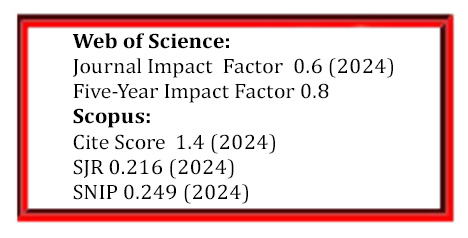Bio-based Superhydrophobic Sensor for Enhanced Anti-Fouling and Rapid Bacterial Detection in Hematology
DOI:
https://doi.org/10.5755/j02.ms.40980Keywords:
bio-based, superhydrophobic, hematology, anti-fouling, bacterial detection, electrochemical sensor, peptide, quantum dotsAbstract
Hematology patients are at high risk of nosocomial infections, necessitating rapid and reliable bacterial detection. Current methods, such as culture and polymerase chain reaction (PCR), are often slow, expensive, or susceptible to contamination. This research introduces a novel bio-based superhydrophobic sensor to address these limitations. The sensor utilizes a polydimethylsiloxane (PDMS) and TiO2 coated substrate to create a superhydrophobic surface (water contact angle >150°), which significantly reduces bacterial adhesion. Detection relies on peptides that undergo a conformational change upon binding specific bacteria, releasing attached magnetic beads. These beads are detected electrochemically using an indium tin oxide (ITO) electrode modified with cadmium telluride (CdTe) quantum dots and graphene oxide (GO) composite, enhancing electron transfer efficiency by 2.3-fold compared with bare ITO. This design achieved rapid (<90 minutes) and sensitive detection. The sensor had high accuracy comparable to PCR and discriminated between Klebsiella pneumoniae (K. pneumoniae) and Pseudomonas aeruginosa (P. aeruginosa). By combining anti-fouling properties with specific bacterial recognition and enhanced electrochemical detection, this sensor offers a promising platform for reducing infection risks in hematology.
Downloads
Published
Issue
Section
License
The copyrights for articles in this journal are retained by the author(s), with first publication rights granted to the journal. By virtue of their appearance in this open-access journal, articles are free to use with proper attribution in educational and other non-commercial settings.



